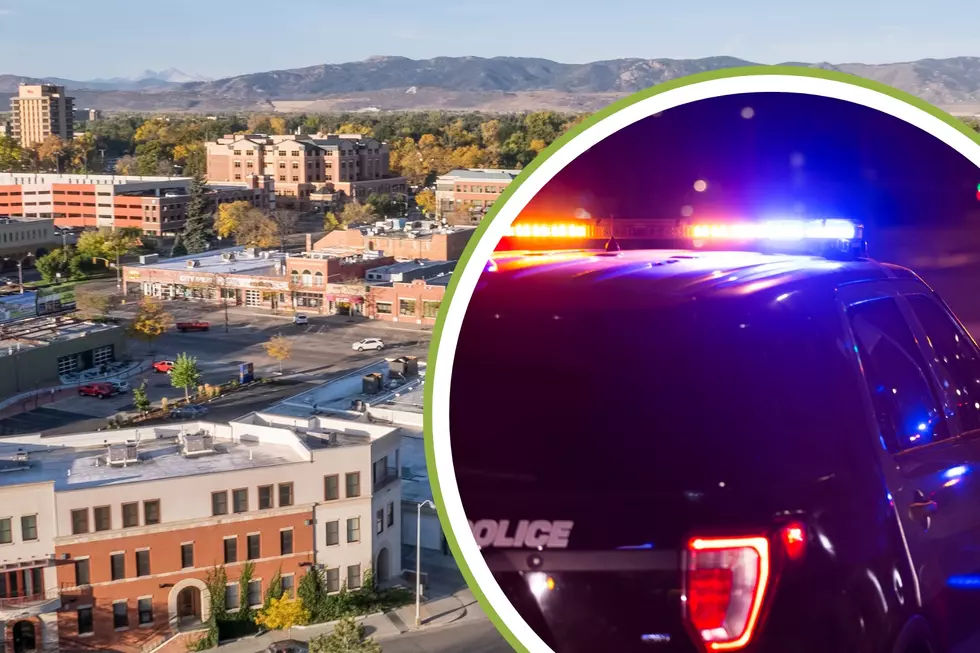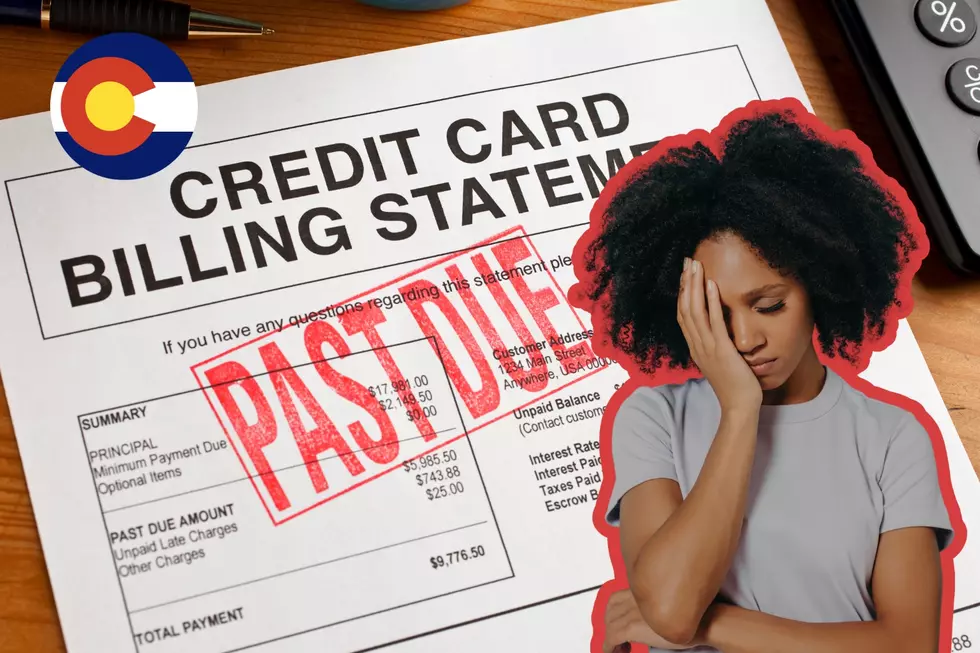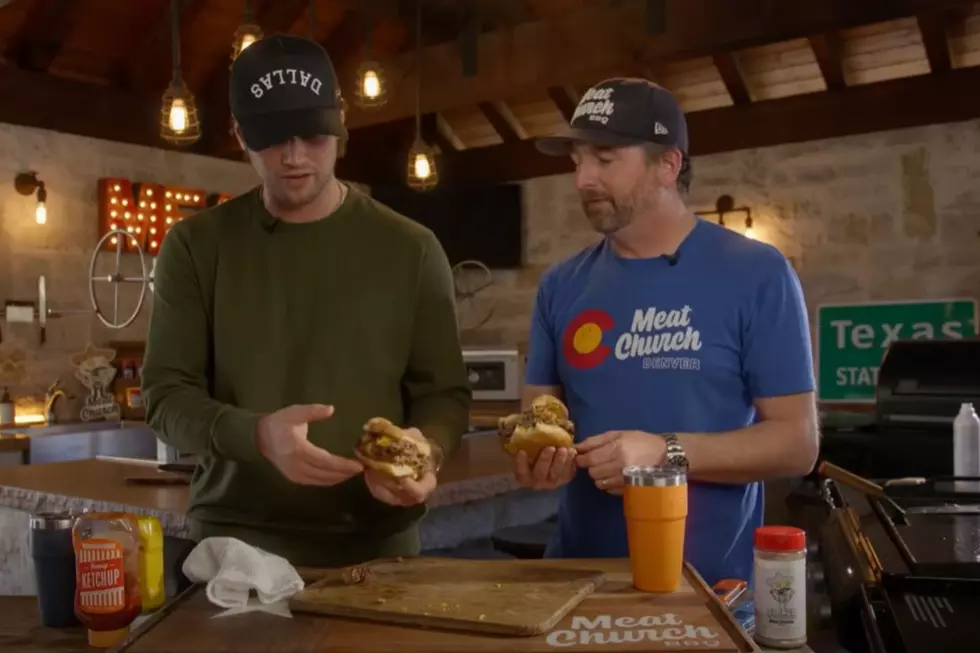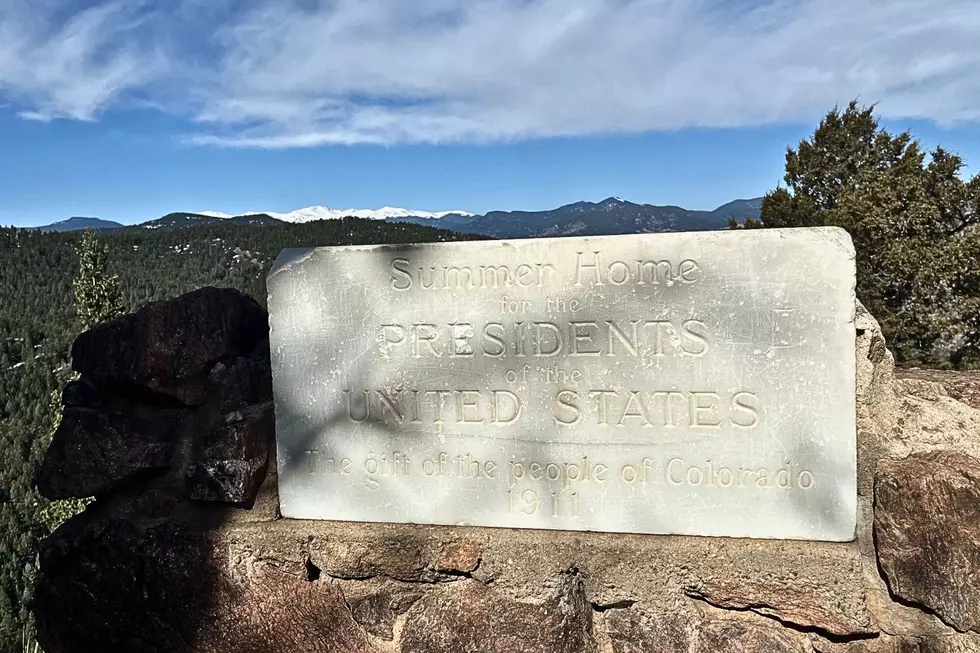
Fort Collins Train Delays are Getting Longer
We all know that terrible feeling...you're driving slightly over the speed limit because you're already late to work, when you see the bars lower and you know it's coming: the train.
The train — two damning words that mean you're going to be sitting with your car in park for at least 15 minutes. Well, at least it used to be around 15 minutes.
Unfortunately, according to The Coloradoan, train delays have been increasing steadily in recent years.
In the month of September alone, people spent a total of 27 hours and 7 minutes waiting for trains to pass, and that's just at the intersection of North College Avenue and Cherry Street.
According to Fort Collins Traffic Operations, this delay time is 8 hours longer than it was in September of 2018.
Joe Olsen, the city traffic engineer, attributes the increase in delays to longer trains, as well as a rise in activity in the railroad switching yard near the College-Cherry intersection.
Referring to the longer trains as 'doubles,' Olsen said that railroads all over the U.S. are using longer trains to increase efficiency. This summer, trains up to 3 miles long began passing through College Avenue.
Olsen estimates these trains take around 15 minutes to pass through the College-Cherry intersection. Since the trains are so long, they are also capable of blocking multiple intersections at once.
As frustrating as this is, the worst thing to do is to try and take matters into your own hands. On September 21, a train stopped near Colorado State University due to mechanical issues.
The issues were quickly fixed, but the train was still unable to move because people began crawling through the train cars to get past it. CSUPD was called in to clear people out, and the delay lasted much longer than it should have.
However, not all hope is lost. Train delays at the intersection of Lemay and Riverside avenues have decreased, going from around a total of 17 hour delays in May to a total of about 7 hour delays in September.
This difference in delays isn't a result of Fort Collins, but of the the different railways that go through each intersection.
For example, trains on the BNSF Railway line (which covers College-Cherry) are longer, while trains used by the Union Pacific Railroad (which covers Lemay-Riverside) are shorter, at least for now.
So, before you go on cursing the land of the Rams, take a deep breath, and take solace in the fact that if you live in Fort Collins, getting stuck behind the train works as an excuse to get out of pretty much anything.
More From K99





